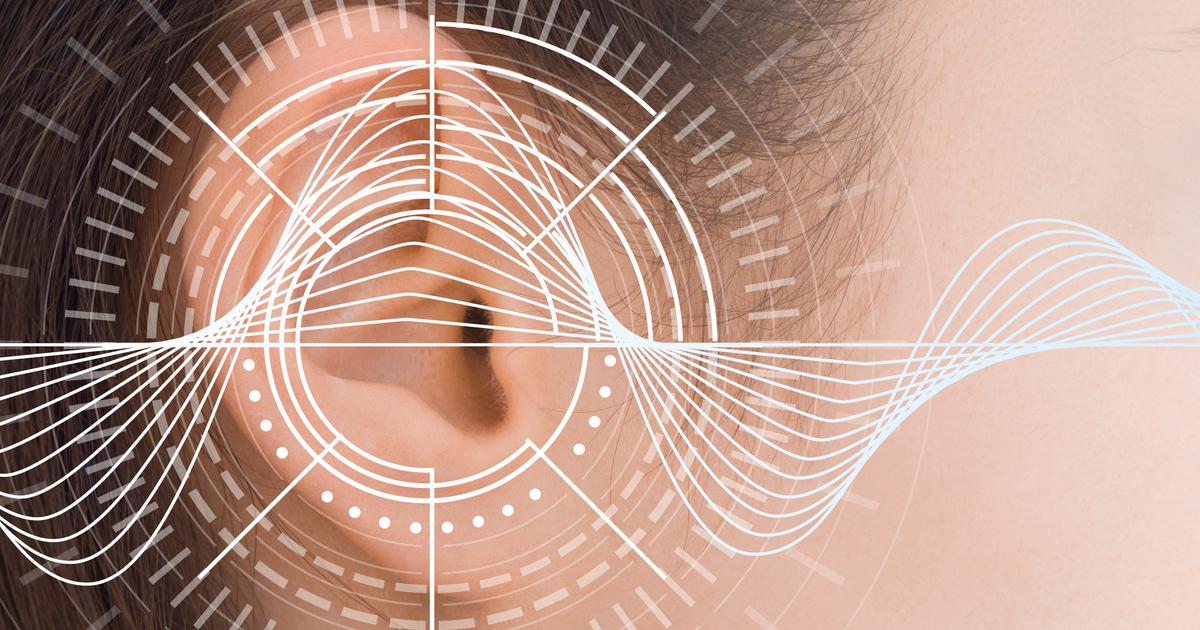Guide To Diagnosing And Treating Pulsatile Tinnitus
Electrocochleography

An electrocochleography may be used as a further form of hearing test. This technique allows doctors to record the electrical potentials the patient's auditory nerve and inner ear generate when they hear sounds. The test involves the placing of an electrode into the tympanic membrane or ear canal. Typically, this type of diagnostic test is only performed by an otologist or audiologist who has been specially trained in its application. The electrocochleography results will help detect whether there's elevated pressure against the patient's inner ear. In cases of intracranial hypertension, this technique is very helpful when diagnosing the underlying issue, such as pulsatile tinnitus. In cases that don't involve increased pressure, the test can rule out emergency conditions like intracranial hypertension.
Get more information on diagnosing and treating pulsatile tinnitus now.